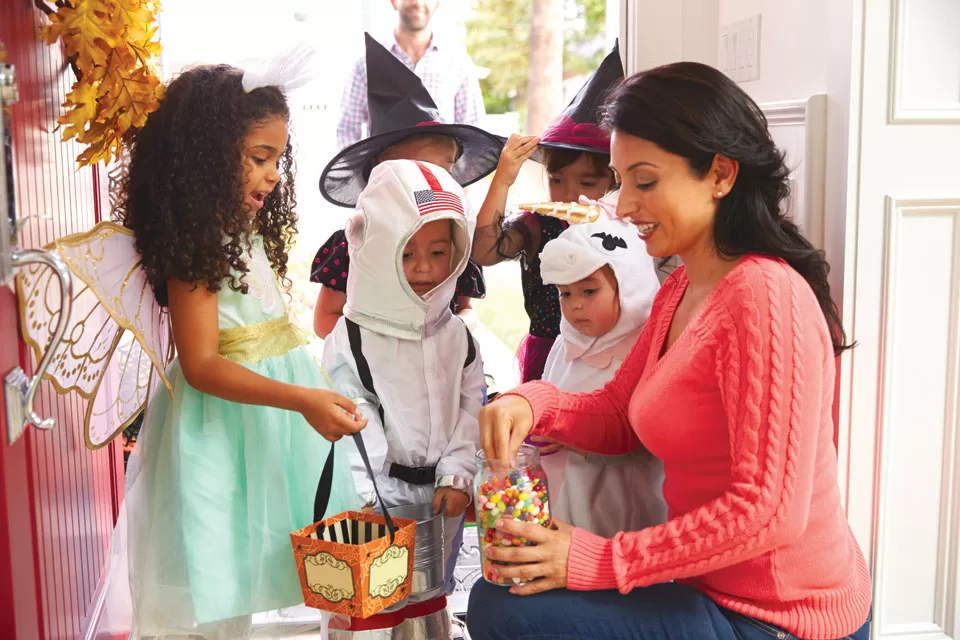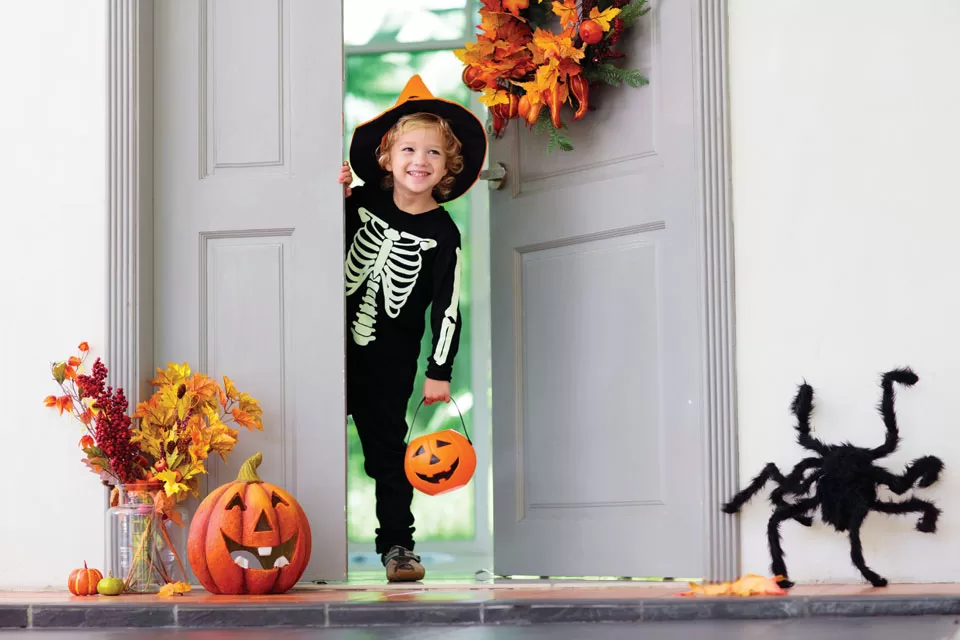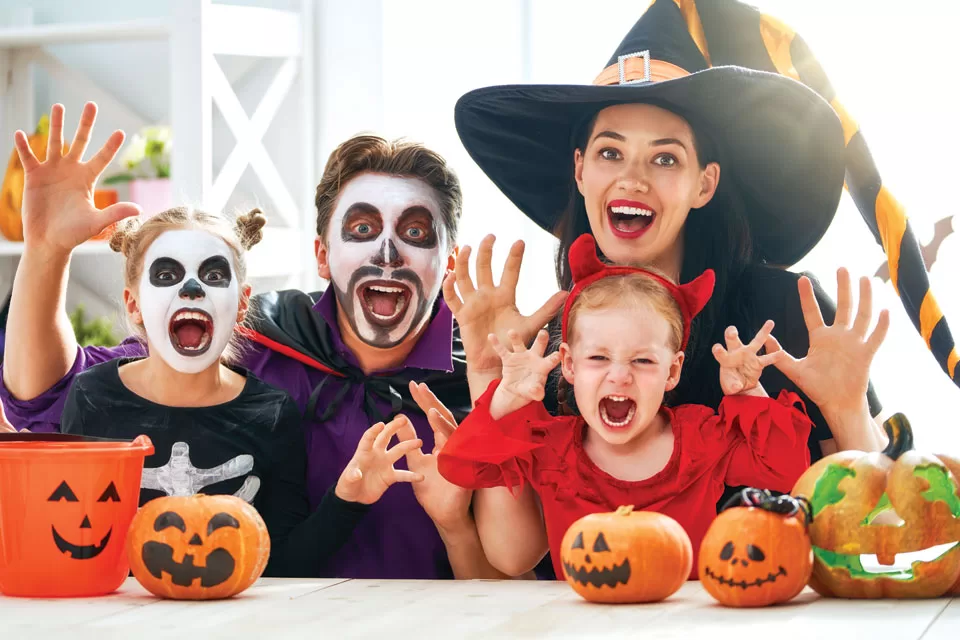
The tradition originated with the ancient Celtic festival of Samhain, where people would light bonfires and wear costumes to ward off ghosts. In the eighth century, Pope Gregory III designated November 1 as a time to honor all saints. Soon, All Saints Day incorporated some of the traditions of Samhain. The evening before was known as All Hallows Eve, and later Halloween.
The Celts, who lived 2,000 years ago mostly in the area that is now Ireland, the United Kingdom and northern France, celebrated their new year on November 1. November 1 marked the end of summer and the harvest and the beginning of the dark, cold winter, a time of year that was often associated with human death. Celts believed that on the night before the new year, the boundary between the worlds of the living and the dead became blurred. On the night of October 31, they celebrated Samhain when it was believed that the ghosts of the dead returned to earth.
In addition to causing trouble and damaging crops, people believed that the Celts thought that the presence of the otherworldly spirits made it easier for Celtic priests to make predictions about the future. For a people entirely dependent on the volatile natural world, these prophecies were an important source of comfort during the long, dark winter.
As the beliefs and customs of different European ethnic groups meshed, a distinctly American version of Halloween began to emerge. The first celebrations included play parties, which were public events held to celebrate the harvest.
In the second half of the 19th century, America was flooded with new immigrants. These new immigrants, especially the millions of Irish fleeing the Irish Potato Famine, helped to popularize the celebration of Halloween nationally.
Borrowing from European traditions, Americans began to dress up in costumes and go house to house asking for food or money, a practice that eventually became today’s “trick-or-treat.”
In the late 1800s, there was a move in America to mold Halloween into a holiday more about community and neighborly get-togethers than about ghosts, pranks and witchcraft. At the turn of the century, Halloween parties for both children and adults became the most common way to celebrate the day. Over time, Halloween evolved into a day of activities like trick-or-treating, carving jack-o-lanterns, festive gatherings, donning costumes, and eating treats.
Trick-or-treating was a relatively inexpensive way for an entire community to share the Halloween celebration. In theory, families could also prevent tricks being played on them by providing the neighborhood children with small treats.
A new American tradition was born, and it has continued to grow. Today, Americans spend an estimated $6 billion annually on Halloween, making it the country’s second largest commercial holiday after Christmas.


Simple Steps For A Safe Halloween
Costume Safety
To help ensure adults and children have a safe holiday, fda.gov has compiled a list of Halloween safety tips. Before Halloween arrives, be sure to choose a costume that won’t cause safety hazards.
irritation develops
When They’re on the Prowl
Here’s a scary statistic: Children are more than twice as likely to be hit by a car and killed on Halloween than on any other day of the year. Lack of visibility because of low lighting at night also plays a factor in these incidents.
Keep these tips in mind when your children are out on Halloween night:
Safety Tips for Motorists
NSC offers these additional safety tips for parents – and anyone who plans to be on the road during trick-or-treat hours:

